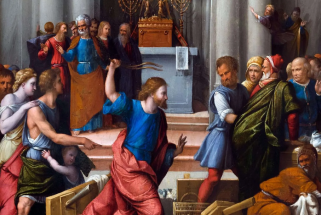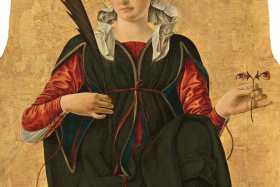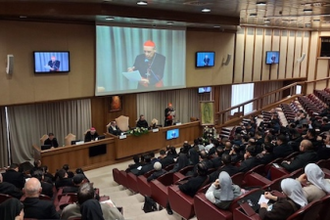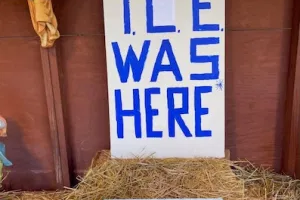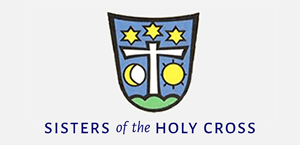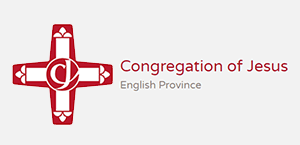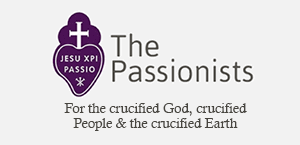Video: The Mystery of Pentecost in Music - Tallis and the sound of the Holy Spirit
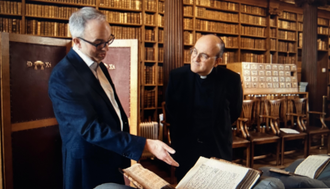
Fr Patrick van der Vorst and Simon Johnson in Christ Church College Library, Oxford
Source: Christian Art
In this beautiful video, Fr Patrick van der Vorst joins the Westminster Cathedral Choir to explore the upcoming feast of Pentecost through the sacred music of 16th-century composer Thomas Tallis.
Accompanied by Simon Johnson, Master of Music at the Cathedral, Fr Patrick sets out to trace the piece's origins in the plainchant manuscripts preserved in the library of Christ Church College, Oxford.
Meeting in the choir rehearsal rooms at Westminster Cathedral, Simon and Fr Patrick discuss the context of the piece. A Latin setting drawn from Acts chapter 2, the work focuses on the words: "...and began to speak in other languages." Loquebantur (they were speaking) variis linguis (in various languages) magnalia Dei (the mighty works of God).
'When the day of Pentecost arrived, they were all together in one place.And suddenly there came from heaven a sound like a mighty rushing wind, and it filled the entire house where they were sitting. And divided tongues as of fire appeared to them and rested on each one of them. And they were all filled with the Holy Spirit and began to speak in other tongues as the Spirit gave them utterance (ESV - Acts 2:1-4).'
Tallis is widely regarded as one of the foremost Catholic composers active during the turbulent years of the 16th-century English Reformation. This was a time when many Catholic traditions-such as complex Latin plainchant and polyphony-were discouraged or even banned in public worship, replaced by simpler vernacular styles. Yet Tallis, like many of his contemporaries, recognised the beauty and depth of these older forms and sought to preserve them.
The piece, written for seven parts, is based on an ancient plainchant melody, elaborated with polyphony and the compositional techniques of the time. To get a closer look at the music, Fr Patrick and Simon visit Christ Church College, Oxford, where some of the original handwritten part-books are housed. Transcribed by John Baldwin (1560-1615), these priceless documents offer a glimpse into how the piece might have sounded in the 16th century.
Tallis was an avid master of polyphony-the weaving together of independent vocal lines to form harmonic richness. In this composition, moments of dissonance reveal a mysterious, even unsettling quality. Simon draws attention to Tallis's use of the technique known as false relation, where clashing notes between parts create a haunting, ethereal effect. In the context of Pentecost, this dissonance takes on deeper symbolism: the many voices of the disciples colliding as they begin to speak in different languages-chaotic, yet purposeful.
Fr Patrick draws a parallel between Tallis's polyphony and the Catholic Church itself: a harmony built on many layers-scripture, tradition, prayer, and the lives of the saints. Together, they create one sound. The Church is the same: a communion of individuals, each with a unique calling, a unique voice, yet all contributing to the shared life of the Church.
Pentecost brings this truth to life. The Holy Spirit descended not as one flame, but as many tongues of fire, resting on each person individually-yet all rising and speaking as one Church.
Pentecost reminds us: unity is not uniformity. It is harmony - God working through many voices to proclaim one Gospel, in one Spirit.
The filming at Christ Church, Oxford was by kind permission of the Dean and Canons of Christ Church.
Watch the video: https://youtu.be/LobvcLTgfE8?si=he3idV9uZvt1PmG1
Click the link below to listen to the full album Veni Creator Spiritus: Second Vespers of the Solemnity of Pentecost:



